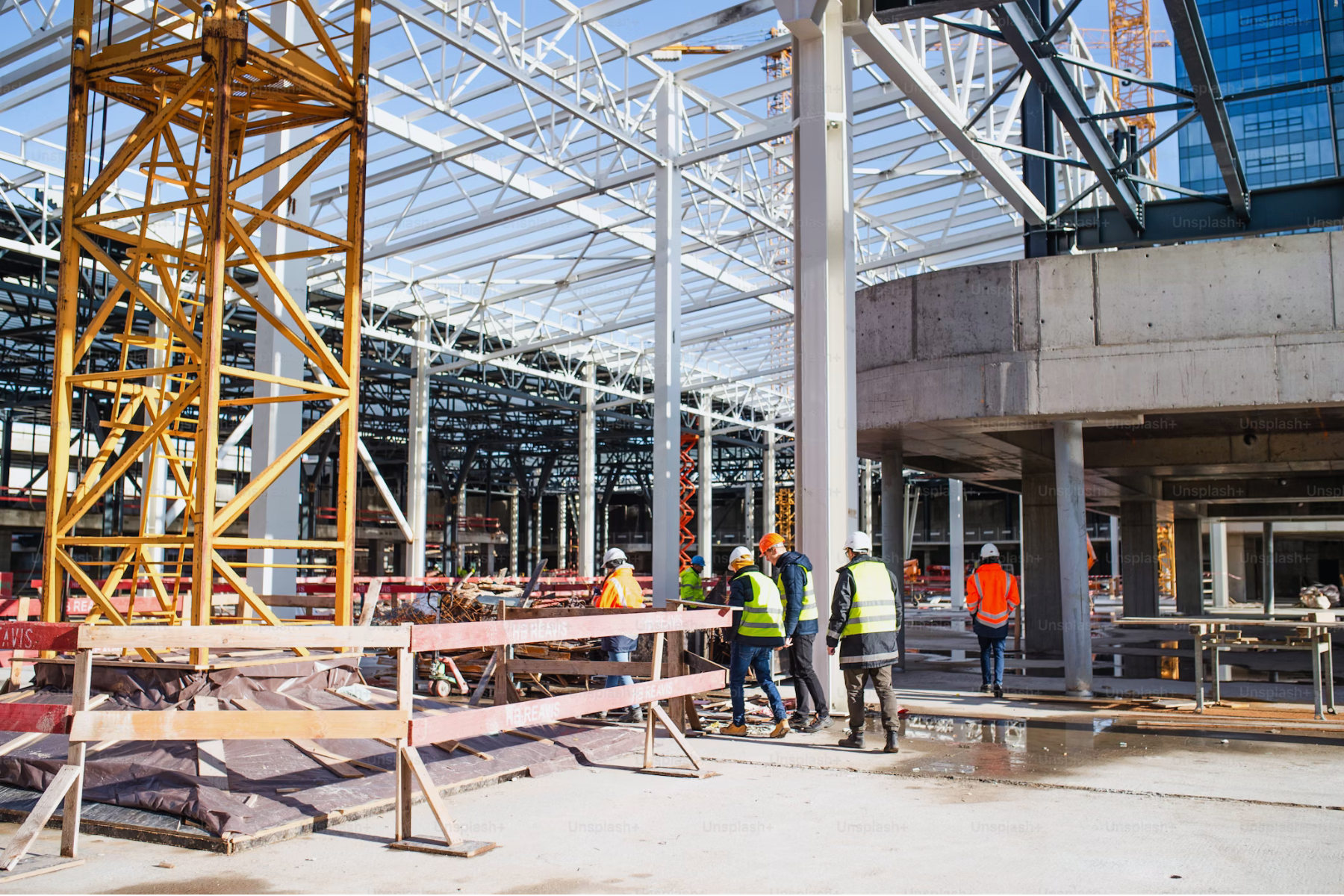Texas is poised to become a major junction for next-generation artificial intelligence infrastructure — and that creates a meaningful opportunity for Source Geothermal’s clean-energy mission.
In a newly announced collaboration, AI cloud provider CoreWeave is partnering with AI startup Poolside to develop Project Horizon, a 2 gigawatt (GW) AI-campus located in West Texas, within the energy-rich region of the Permian Basin.
Key Project Highlights
- The site comprises approximately 568 acres (or ~500,000 acres of surrounding ranch land under partner control) and is sited adjacent to the Permian Basin oil & natural-gas hub — positioning the project to exploit low-cost and abundant energy infrastructure.
- Poolside and CoreWeave specify that CoreWeave will serve as the anchor tenant and operational partner for the initial phase, which alone includes 250 megawatts (MW) of gross power capacity under a 15-year lease, with an option to expand that phase to 500 MW.
- The broader target is up to 2 GW of data-centre compute (power draw) capacity — planned to be built out in modular 250 MW phases, enabling scale in line with future AI-training demand.
- As an interim step, CoreWeave will supply Poolside with a cluster of NVIDIA GB300 NVL72 systems comprising more than 40,000 GPUs, slated to come online beginning December 2025.
- Construction is expected to complete the first phase by the first quarter of 2027, with phased roll-out continuing thereafter.
Founders’ Comments — Source Geothermal
“The scale of this build-out highlights exactly why geothermal belongs at the center of the AI infrastructure conversation,” said the founders of Source Geothermal. “Facilities drawing two gigawatts of continuous load require reliable, high-capacity power that runs around the clock. That’s where geothermal becomes strategic—its high capacity factor and long-duration stability can match AI’s constant energy appetite.”
They added, “Projects like Project Horizon are moving toward full vertical integration—‘from dirt to intelligence’—linking energy production directly to compute infrastructure. This creates a critical opening for dispatchable, clean energy sources like geothermal to compete head-on with the natural gas generation that currently dominates regions such as the Permian Basin.”
“Looking ahead, we see clear opportunities for geothermal participation—either through direct offtake, co-location, or behind-the-meter integration. Our goal is to engage early with developers and grid planners in West Texas to help design AI campuses that run on low-emission, high-availability power. As grid constraints tighten, embedded and self-generated geothermal solutions will not just be sustainable—they’ll be essential.”



